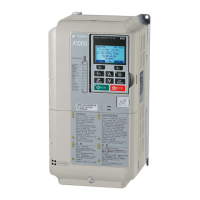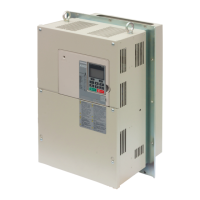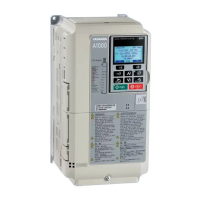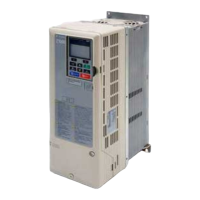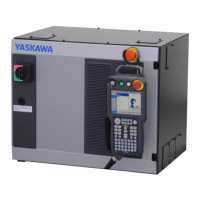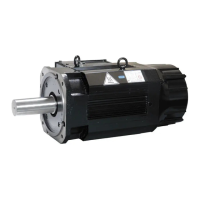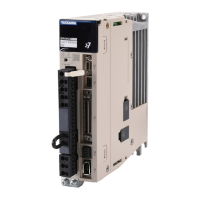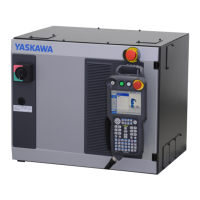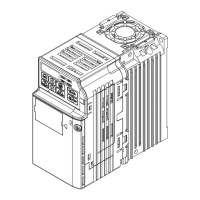n
C3-23: Motor 2 Slip Compensation Limit
Sets the upper limit for the slip compensation function as a percentage of the motor rated slip (E4-02).
No. Parameter Name Setting Range Default
C3-23 Motor 2 Slip Compensation Limit 0 to 250% 200%
The slip compensation limit is constant throughout the constant torque range (frequency reference ≤ E3-06). In the constant
power range (frequency reference ≥ E3-06), it is increased based on C3-23 and the output frequency as illustrated in Figure
1.32.
E3-04
E3-06
× C3-23
C3-23
E3-04
Maximum
Frequency
E3-06
Base
Frequency
Output Frequency
Figure 1.32 Slip Compensation Limit
n
C3-24: Motor 2 Slip Compensation Selection during Regeneration
Functions for motor 2 the same way that C3-04 functions for motor 1.
Refer to C3-04: Slip Compensation Selection during Regeneration on page 49 for details on adjusting this parameter.
No. Parameter Name Setting Range Default
C3-24
Motor 2 Slip Compensation Selection during
Regeneration
0 to 2 0
Setting 0: Disabled
Setting 1: Enabled (6 Hz and above)
Setting 2: Enabled (compensation provided wherever possible)
u
C4: Torque Compensation
The torque compensation function compensates for insufficient torque production at start-up or when a load is applied.
Note: Set the motor parameters and V/f pattern properly before setting torque compensation parameters.
n
C4-01: Torque Compensation Gain
Sets the gain for the torque compensation function.
No. Parameter Name Setting Range Default
C4-01 Torque Compensation Gain 0.00 to 2.50
Determined by
A1-02
Torque Compensation in V/f, V/f w/PG, and OLV/PM:
The drive calculates the motor primary voltage loss using the output current and the termination resistor value (E2-05 for IM
motors, E5-05 for PM motors) and adjusts the output voltage to compensate for insufficient torque at start or when load is
applied. The effects of this voltage compensation can be increased or decreased using parameter C4-01.
Torque Compensation in OLV:
The drive controls the motor excitation current (d-Axis current) and torque producing current (q-Axis current) separately.
Torque compensation affects the torque producing current only. C4-01 works as a factor of the torque reference value that
builds the torque producing current reference.
Adjustment
Although this parameter rarely needs to be changed, it may be necessary to adjust the torque compensation gain in small steps
of 0.05 in the following situations:
• Increase this setting when using a long motor cable.
1.3 C: Tuning
YASKAWA ELECTRIC SIEP YEAHHP 01B YASKAWA AC Drive – A1000 HHP Programming Manual
51
1
Parameter Details
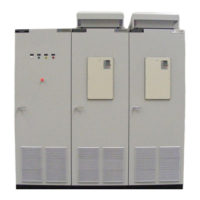
